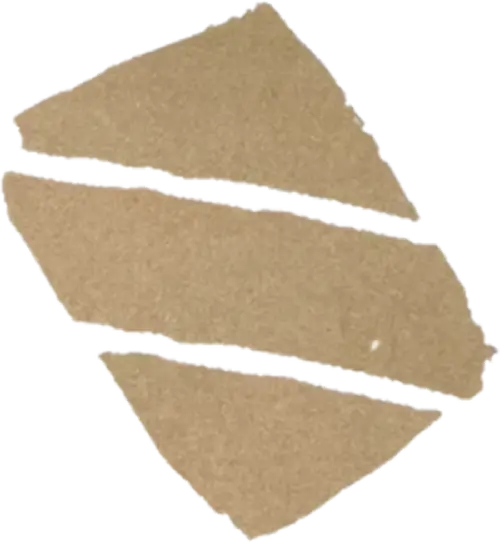Tan After CamouflageTattoo
Can I Tan After a Camouflage Tattoo?
Scar camouflage tattoos are an innovative way to conceal skin imperfections. But if you are considering catching some rays after getting one, there are key points to consider.
Healing is Priority
Every tattoo, including camouflage tattoos, undergoes a healing phase. Exposing your fresh tattoo to direct sun or artificial tanning sources can harm the fresh design, prolonging the healing duration. UV rays have the potential to cause fresh ink to blur, fade or even alter its shade.
For more details on scar camouflage tattoos and how they work, visit our Scar Camouflage Tattooing page. You can also check our Scar Camouflage Tattoo FAQ for answers to common questions.
Guard Against the Sun
Once your tattoo settles and completes it’s healing journey, tanning isn’t off the table. However, you should use a sunblock with a high SPF on the tattooed region to shield it from harmful UV exposure. Even for tattoos that have been healed for a while, overexposure to the sun can make the design lose its vibrancy over the years.
Learn more about how Paramedical Tattoos can transform your skin and help you regain confidence.
Maintaining Camouflage Effectiveness
The essence of a camouflage tattoo is to seamlessly blend with your natural skin, hiding scars or other marks. Tanning can change your skins’ natural shade, and as a result, your tattoo may no longer match your tan, compromising its camouflaging effect.
To explore how camouflage tattooing can benefit everyone, including men, visit our Camouflage Tattoo for Men page.
Expert Opinion Matters
Always loop in your tattoo specialist or even consider seeking a dermatologist’s advice regarding sun exposure post-tattoo.
To discover more about all our services, visit our Homepage.


They can offer tailored guidance based on specifics of your tattoo, the ink’s properties, and other unique aspects.
While tanning might seem tempting, it’s crucial to ensure that the integrity and purpose of your scar camouflage tattoo aren’t compromised. Prioritize your skin’s health and the longevity of your tattoo by being sun-smart.
Camouflage tattooing has gained popularity as a technique to address skin imperfections, but its interplay with tanning isn’t always clear. This guide explores the outcomes and considerations of having a camouflage tattoo on both untanned and tanned skin, and contrasts these effects with the appearance of natural tanned skin without any tattooing. Through this, individuals can make well-informed decisions about their skin treatments.
Pre Camouflage Tattoo (not tanned)
STRETCHMARKS AND SCARS WITHOUT PIGMENTATION
- Stretchmarks and scars devoid of melanin often appear noticeably paler.
- The pronounced white hue contrasts sharply with the adjacent skin.
- Such stark differences in tone can inadvertently draw the eye, emphasizing imperfections.


After Camouflage Tattoo (not tanned)
HARMONIZING STRETCH MARKS AND SCARS WITH SURROUNDING SKIN
- Pigments that align with the skin’s natural tone have been meticulously introduced into the stretch mark or scar.
- The once starkly white appearance is now seamlessly integrated, eliminating any pronounced contrast.
- The balanced and even skin tone ensures that these areas no longer capture undue attention.
After Camouflage Tattoo (tanned)
MAINTAINING CONSISTENCY AMIDST TANNING
- The camouflage tattoo’s implanted pigment remains consistent, unaffected by tanning.
- By mitigating the star white appearance, there’s more seamless integration with the tanned skin.
- This harmonized complexion ensures that the areas are subtly presented, drawing reduced attention.


No Camouflage Tattoo (tanned)
THE NATURAL CONTRAST OF STRETCH MARKS AND SCARS
- In the absence of any implanted pigment, the skin retains its natural appearance.
- Stretch marks and scars stand out with a pronounced white hue.
- The striking contrast between the tanned skin and these imperfections naturally draws the eye, making them more noticeable.
